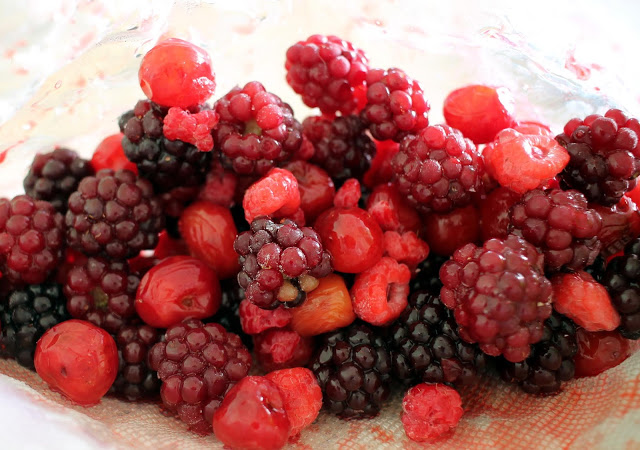 This week I take a look at homebrewing in the modern era, how it has developed and the impact of technology on brewing. A Quick History of Modern Homebrewing While brewing beer at home has been done for many thousands of years, the modern history of homebrewing in the US has some clearly defined dates: […]
This week I take a look at homebrewing in the modern era, how it has developed and the impact of technology on brewing. A Quick History of Modern Homebrewing While brewing beer at home has been done for many thousands of years, the modern history of homebrewing in the US has some clearly defined dates: […]  This week I take a look at homebrewing in the modern era, how it has developed and the impact of technology on brewing. A Quick History of Modern Homebrewing While brewing beer at home has been done for many thousands of years, the modern history of homebrewing in the US has some clearly defined dates: […]
This week I take a look at homebrewing in the modern era, how it has developed and the impact of technology on brewing. A Quick History of Modern Homebrewing While brewing beer at home has been done for many thousands of years, the modern history of homebrewing in the US has some clearly defined dates: […] 










